
Timeline
Title
Country/Nationality
May Sinclair
May Sinclair was the pseudonym of Mary Amelia St. Clair a popular British writer who wrote about two dozen novels, short stories and poetry. She was an active suffragist, and member of the Woman Writers' Suffrage League. She once dressed up as a demure, rebel Jane Austen for a suffrage fundraising event. Sinclair was also a significant critic in the area of modernist poetry and prose, and she is attributed with first using the term 'stream of consciousness' in a literary context, when reviewing the first volumes of Dorothy Richardson's novel sequence Pilgrimage (1915–1967), in The Egoist, April 1918.
Sinclair was born in Rock Ferry, Cheshire. Her mother, Amelia Sinclair, was strict and religious; her father, William Sinclair, was a Liverpool shipowner, who went bankrupt, became an alcoholic, and died when Sinclair was still a child. The family moved to Ilford on the edge of London. After one year of education at Cheltenham Ladies College, Sinclair was obliged to look after her brothers, as four of the five, all older than her, were suffering from a fatal congenital heart disease.
From 1896 Sinclair wrote professionally to support herself and her mother, who died in 1901. An active feminist, Sinclair treated a number of themes relating to the position of women and marriage. Her works sold well in the United States.
Around 1913, she was a founding supporter of the Medico-Psychological Clinic in London which was run by Dr Jessie Murray. Sinclair became interested in psychoanalytic thought, and introduced matter related to Sigmund Freud's teaching in her novels. In 1914, she volunteered to join the Munro Ambulance Corps, a charitable organization (which included Lady Dorothie Feilding, Elsie Knocker and Mairi Chisholm) that aided wounded Belgian soldiers on the Western Front in Flanders. She was sent home after only a few weeks at the front; she wrote about the experience in both prose and poetry.
Her 1913 novel The Combined Maze, the story of a London clerk and the two women he loves, was highly praised by critics, including George Orwell, while Agatha Christie considered it one of the greatest English novels of its time.
She wrote early criticism on Imagism and the poet H. D. (1915 in The Egoist); she was on social terms with H. D. (Hilda Doolittle), Richard Aldington and Ezra Pound at the time. She also reviewed in a positive light the poetry of T. S. Eliot (1917 in the Little Review) and the fiction of Dorothy Richardson (1918 in The Egoist). Some aspects of Sinclair's subsequent novels have been traced as influenced by modernist techniques, particularly in the autobiographical Mary Olivier: A Life (1919). She was included in the 1925 Contact Collection of Contemporary Writers.
Sinclair wrote two volumes of supernatural fiction, Uncanny Stories (1923) and The Intercessor and Other Stories (1931). E. F. Bleiler called Sinclair "an underrated writer" and described Uncanny Stories as "excellent". Gary Crawford has stated Sinclair's contribution to the supernatural fiction genre, "small as it is, is notable". Jacques Barzun included Sinclair among a list of supernatural fiction writers that "one should make a point of seeking out".Brian Stableford has stated that Sinclair's "supernatural tales are written with uncommon delicacy and precision, and they are among the most effective examples of their fugitive kind." Andrew Smith has described Uncanny Stories as "an important contribution to the ghost story".
Sinclair also wrote non-fiction based on studies of philosophy, particularly idealism. She defended a form of idealistic monism in her book A Defence of Idealism (1917).Sinclair was interested in parapsychology and spiritualism, she was a member of the Society for Psychical Research from 1914.
From the late 1920s she was suffering from the early signs of Parkinson's disease, and ceased writing. She settled with a companion in Buckinghamshire in 1932.
She is buried at St John-at-Hampstead's churchyard, London.
Books by May Sinclair

A Journal of Impressions in Belgium
In 1914, at the age of 51, the novelist and poet May Sinclair volunteered to leave the comforts of England to go to the Western Front, joining the Munro Ambulance Corps ministering to wounded Belgian soldiers in Flanders. Her experiences in the Great...
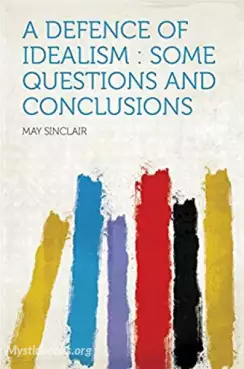
A Defence of Idealism
"On the whole, then, the argument from desire and design holds good. It is the weak and inefficient, the unwise in the affairs of life, the bunglers and the failures, the bankrupts and the unhappy lovers who most want to leave off living. Think of th...

The Romantic
The Romantic feels modern; in it, our protagonist, Charlotte Redhead, has a sexual affair with her boss. In a way, this affair gives her a sense of power; she feels suddenly like herself. Largely set during the First World War, The Romantic is immedi...
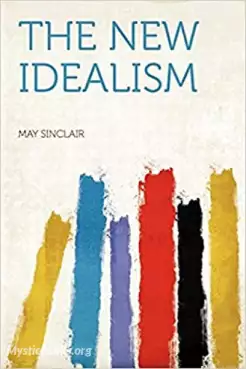
The New Idealism
The genius of May Sinclair lies in her brilliant bridging of the Victorian and the modern eras, in her determination never to become ossified in an outdated way of thought or of Art. Though a generation older than the famous literati of the postwar e...
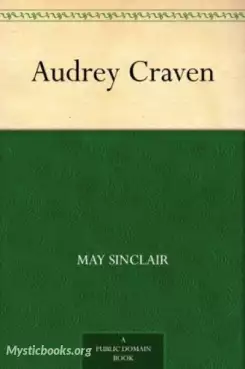
Audrey Craven
In May Sinclair’s remarkable first novel, Audrey Craven is a beautiful young woman who has by her idiosyncrasies acquired a thoroughly undeserved reputation for originality. In fact, Audrey is a shallow, selfish, malleable person of negligible intell...
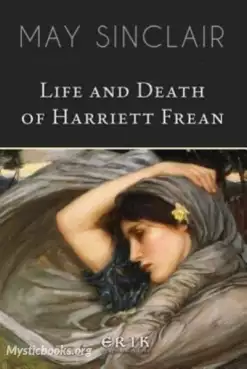
Life and Death of Harriett Frean
Harriett Frean is a well-to-do, unmarried woman living a life of meaningless dependency, boredom, and unproductivity as she patiently cares for her aging parents, waiting for a man to marry. When her opportunity for Love finally comes, she is offered...
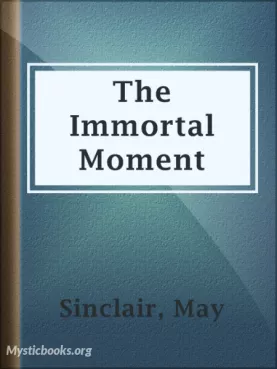
The Immortal Moment
It is a story of a young woman named Dinny Cherrell, who falls in love with a man named Wilfred Desert. The novel is set in the aftermath of World War I, a time of great social and political change in England. As Dinny navigates her relationship wit...
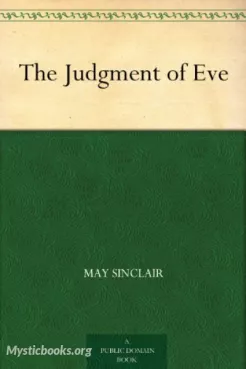
The Judgment of Eve
It explores the complexities of human relationships and the consequences of our choices. The book was first published in 1913 and is considered a classic of modernist literature. Set in England, the story follows the lives of two sisters, Eve and Mu...

The Tree of Heaven
This thought-provoking book explores the themes of feminism, societal expectations, and the quest for personal freedom. Published in 1917, "The Tree of Heaven" offers readers a glimpse into the lives of three women from different backgrounds: the re...

Tasker Jevons: The Real Story
Tasker Jevons: The Real Story is a novel by May Sinclair, first published in 1916. The novel revolves around the life of Tasker Jevons, a man who is seemingly ordinary on the outside but harbors a dark secret. Tasker Jevons is a man of contradiction...
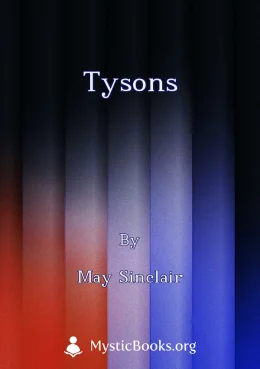
Tysons
Set in the late Victorian era, "The Tysons" explores the tumultuous marriage of Nevill and Molly Tyson within the confines of a provincial English village. The novel unravels the complexities of their relationship, highlighting the societal expectati...
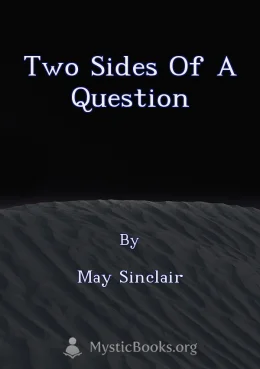
Two Sides of a Question
Two Sides of a Question, a collection of novellas by May Sinclair, explores the complexities of women's lives and their quest for freedom in Victorian England. The stories delve into the constraints of social expectations, the struggles of finding lo...
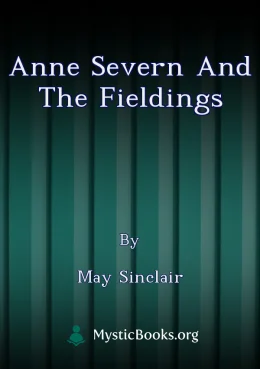
Anne Severn and the Fieldings
In 'Anne Severn and the Fieldings,' May Sinclair crafts a poignant tale of love, loss, and the enduring impact of war. Anne Severn, orphaned and adopted into the Fielding family, finds herself deeply intertwined with the three Fielding brothers, each...
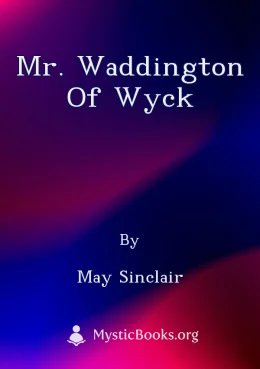
Mr. Waddington of Wyck
Mr. Waddington of Wyck is a satirical novel set in post-war England, focusing on the life of Horatio Bysshe Waddington, a man obsessed with projecting an image of importance and sophistication. His wife, Fanny, and his secretary, Barbara, observe his...
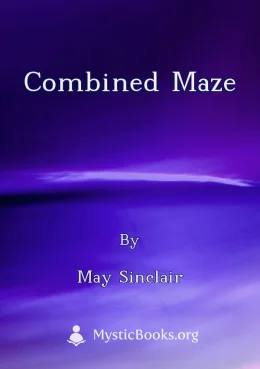
Combined Maze
In May Sinclair's 'Combined Maze', Ranny Ransome, a young man dedicated to physical and moral discipline, finds himself caught between his love for the athletic Winny Dymond and the allure of Violet, a woman who embraces a life of uninhibited freedom...
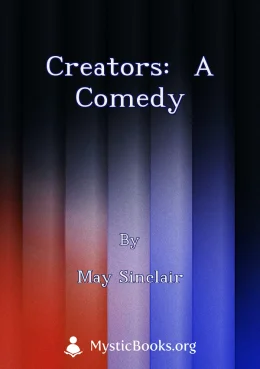
Creators: A Comedy
May Sinclair's 'Creators' delves into the complexities of artistic genius and the societal constraints faced, particularly by women. The story centers around Jane Holland, a brilliant novelist, and George Tanqueray, a fellow writer with whom she sha...

Flaw in the Crystal
In May Sinclair's novella 'Flaw in the Crystal,' Agatha Verrall embarks on an affair with Rodney Lanyon, seeking a connection beyond the physical. However, Agatha possesses an uncanny ability to manipulate the minds and even physical states of those...

Uncanny Stories
May Sinclair's Uncanny Stories is a collection of short stories that explore the darker side of human nature. The stories are filled with macabre, romantic, and Gothic themes, and they often deal with themes of love, loss, murder, and the supernatura...